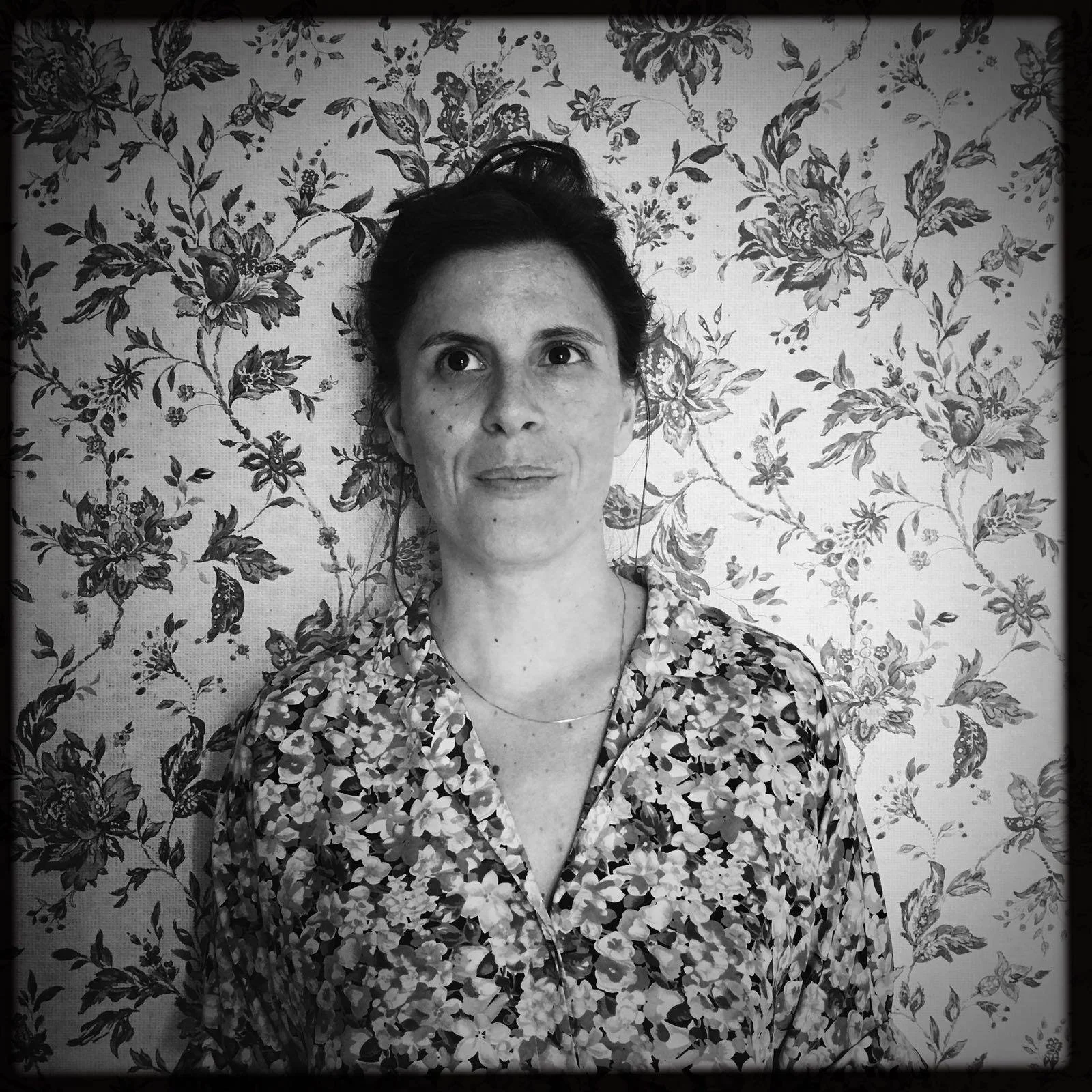LOVE LETTERS
Over the last few weeks I have been gleaninglove letters written by women writers:known or unknown, living or deceased, old or young.
To look for these letters in the depth of the archives, libraries, old attics(...) is a performative gesture et the same time poetical and political allowing a place of visibility to be given to these women. In this research the tee shirt becomes the support, the canvas of the project, here the words of love come to form one body with the body itself.
ここ数週間、私は既知・未知、存命・故人、老若を問わず、女性作家が書いたラブレターを集めています。
公文書館、図書館、古い屋根裏部屋(......)の奥深くからこれらの手紙を探すことは、詩的であると同時に政治的なパフォーマティブなジェスチャーであり、彼女たちに可視性の場を与えることができる。このリサーチでは、Tシャツがプロジェクトのキャンバスとなる。
Charlotte Hubert will start a project to Searching this letters is a performative and political gesture - It’s letters write by women artists, thats the heart of this research, I give a visible space to this women, it’s political -
シャルロット・ユベールは、図書館で過去の有名な女性芸術家などのラブレターを探し、この手紙をパフォーマティブかつ政治的なジェスチャーで検索するプロジェクトを開始する。
All love letters will be duplicated by Charlotte and printed as a unique piece on a single T-shirt.
The buyer will receive a letter from Charlotte.
全てのラブレターは、Charlotteにより複写され、たった一枚のTシャツへユニークピースとしてプリントされます。
購入者へは、Charlotteより手紙が送られます。
Photo by Léonie Pondevie
Charlotte Hubert / シャルロット・ユベール
シャルロット・ユベールは1984年3月27日午前7時55分、ナントのノートルダム・ド・グラース・クリニックで生まれた。パリに住み、世界中で活動している。モノポリーで負けたことがきっかけでアートを始めた。シャルロット・ユベールは物語を語り、ナポリのナイトクラブで踊り、富士山を観察する。
市営プールでの腹筋と大臀筋のエクササイズで知り合った社会学者で美術史家でもあるクレリア・バルブットと共同で、アクアフィットネスに関する現在の研究の概要を提供することを目的としたレクチャー・パフォーマンスという形で発表されるナンセンスの科学、アクアジモロジーを創作している。
カソリック・ドゥ・ルウェスト大学の美術教師として、またパリ第8大学で5年間講師を務めた彼女の講座のタイトルは、「イワシが油であるように、私は芸術である」。シャルロット・ユベールは、笑いの絶えないフィクションを創作し、フランス国内外で定期的に組織的に作品を展示、上演している。
ナント美術館友の会賞(2013年)、フランソワ・シュナイダー現代美術賞(2015年)の最終選考に残った。2015年以降、様々な場所で「l'aquagymologie」を上演: リカール財団、ナント美術館、ルーブル美術館、ニュイ・ブランシュ2021、マラコフ芸術館、ブリュッセルのパフォーミング・アーツ・ハウス、リール大学、ビエンナーレ・デ・ジェオグラフィ・フェミニスト(...)など。
また、国立美術史研究所でのパフォーマティブな提案『Bonimenter au ciné』ではフローレンス・ジューと、パリ市立音楽堂フィルハーモニー管弦楽団で放送されたラジオフォニックなフィクション『Un amour Brahmsophobe』ではダヴィッド・クリストフェルとコラボレーションしている。2017年、ナントのオリヴィエ・メイヤー・ギャラリーで個展「Mais où sont passés les tritons?」など。
Charlotte Hubert was born on March 27, 1984, at 7:55 am at the Notre-Dame de Grâce Clinic in Nantes. She lives in Paris and works all around the world. She started making art because she regularly lost at Monopoly. Charlotte Hubert tells stories, dances in Neapolitan nightclubs, and observes Mount Fuji.
In collaboration with Clélia Barbut, a sociologist and art historian whom she met during an abs and glutes exercise at the municipal pool, she creates aquagymology, a science of nonsense presented in the form of lecture-performances aiming to provide an overview of current research on aquafitness.
As an university art teacher at the Université Catholique de l'Ouest and a lecturer for five years at the Université Paris 8, her course was entitled: I am to art as sardine is to oil. Charlotte Hubert creates fictions without bursting into laughter, regularly exhibits and performs her work in an organized manner in France and abroad.
She was a finalist for the Friends of the Fine Arts Museum of Nantes Prize (2013) and the François Schneider Contemporary Art Prize (2015). Since 2015, she has performed l'aquagymologie in various places : Fondation Ricard, Fine Arts Museum of Nantes, École du Louvre, Nuit Blanche 2021, Maison des arts de Malakoff, La Bellone : House of performing arts in Brussels, Université de Lille, Biennale des géographies féministes (…)
She has collaborated with Florence Jou for Bonimenter au ciné, a performative proposal at the Institut National d’Histoire de l’Art , and with David Christoffel for Un amour Brahmsophobe, a radiophonic fiction broadcasted by the Cité de la musique- Philharmonie de Paris. In 2017, she presented her solo exhibition Mais où sont passés les tritons? at the Olivier Meyer Gallery in Nantes.
LOVE LETTERS
LOVER LETTER by Simone de Beauvoir to Jean-Paul Sartre in 1950
LOVER LETTER by George Sand to Alfred de Musset in 1834
LOVER LETTER by Anaïs Nin to Henry Miller, in 1932
LOVER LETTER by Juliette Drouet to Victor Hugo in 1866





